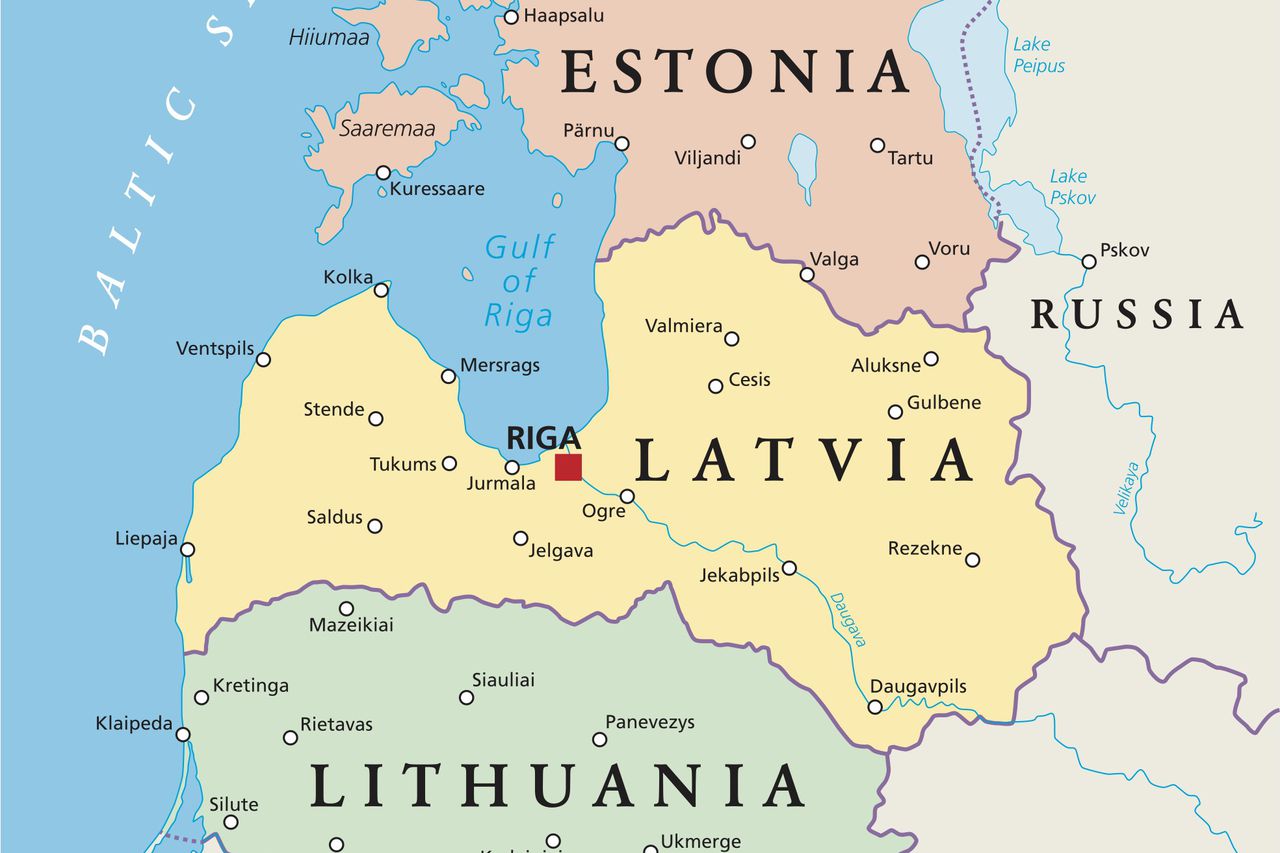May 4, 2016
A recent pilot to incorporate cyber into tactical training exercises is showing positive results, according to Army officials. Through the first-ever program, experts from Army Cyber Command provide training on offensive and defensive cyber operations.
 The training is part of the Army’s larger Cyber Support to Corps and Below program, an effort to enhance soldiers’ skills in all aspects of digital communications. Planners aim to integrate tactical edge cyber tools, techniques and capabilities into home-station training and Army combat training centers.
The training is part of the Army’s larger Cyber Support to Corps and Below program, an effort to enhance soldiers’ skills in all aspects of digital communications. Planners aim to integrate tactical edge cyber tools, techniques and capabilities into home-station training and Army combat training centers.
“The cyber environment is something the commanders are going to have to face in the future, it is a fact of modern telecommunications,” said Lt. Col. Jonathan Burnett, pilot lead for the Cyber Support to Corps and Below program. “Commanders must be able to maneuver and operate within the information environment.”
Launched in spring 2015, the pilot completed its fifth iteration in February, with the next installment due to take place in August. The pilot program includes two to three days in the classroom, along with two to three weeks of hands-on training. Course content covers a wide range of topics. Trainees learn the rules of cyber use, review demonstrations of potential capabilities, and study the fundamentals of network defense.









 Map of the Baltic states.Shutterstock
Map of the Baltic states.Shutterstock


